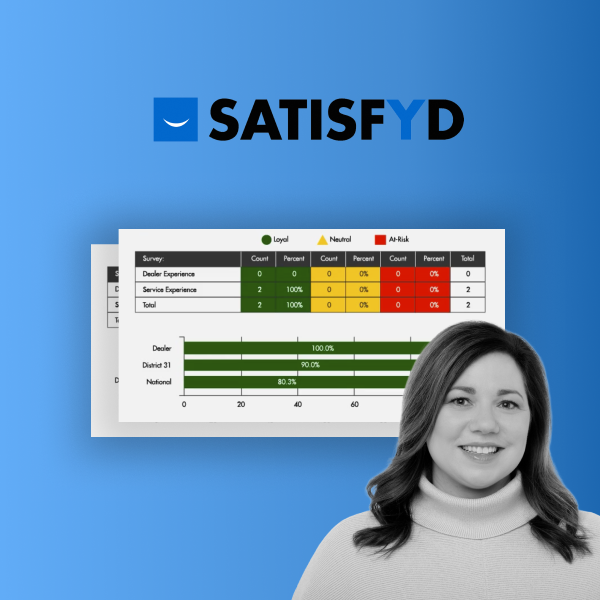The oil and gas industry has been part of the American industrial landscape for over 150 years. There is a tremendous amount of tradition entrenched in each oil and gas company’s lifeblood, but there has also been a tremendous amount of progress.
New technology has made the production of oil and gas more cost-effective, safe, and environmentally sound. Just as important for the industry as the advancement of machinery and sciences is the emergence and growth of data analyses for better business decisions.
Oil and gas companies are increasingly turning to robust business intelligence and analytics to help them reduce costs, raise profits, and improve overall performance. Doing so gives them tremendous insight into internal operations as well as external factors such as oil and gas price volatility, extreme weather, environmental accidents, and injuries, changes in regulation and taxation, and the rise of alternative energy sources.
Oil and gas companies need instant insight into a plethora of data, but there are five KPIs that stand out from the rest and help these organizations make better, data-driven decisions.
Top Five KPIs for the Oil and Gas Industry
1. Company performance quick view
At the corporate level, companies need to know how they are performing in areas such as Revenue, Lease Operating Expense (LOE), Cash Flow, and Production. The Quick View KPI provides the user just such information at the corporate level. Knowing how the company is performing in contrast to other periods can be an indication of the effect of any changes implemented.
2. Capital Spend KPI
The process of managing Authorization for Expenditure (AFE) is essential to your company, and that management does not stop once the AFE is approved and the project has begun. The project must constantly be monitored to ensure it is within budget and on track for completion.
The Capital Spend KPI provides a quick view into the YTD expendituresand helps management understand their capital expenditures. Along with the high-level information provided in the KPI, it also allows the user to trigger other analyses to further drill into the information necessary to manage these projects.
3. Lease Operating Expenses (LOE) KPI
With today’s low crude oil and gas prices, the survival of exploration and production companies depends on very thin margins. The term “Lease operating expenses” refers to the costs incurred by an operator to keep the well producing after the initial cost of drilling and completing a well.
The Exploration & Production company must closely track these costs, reduce costs whenever possible, and make decisions based on what those costs are projected to be. These numbers are an indication of the financial health of the company. The LOE KPI provides high-level insight into this data and gives the user a launchpad to conduct other, more detailed analyses for this area of interest.
4. Cash Flow KPI
The operating cash flow KPI helps you to monitor the financial health of your company. It provides Total Revenue, Total Expense, and Cash Flow by Region. It also provides a quick view of cash flow performance over the last 12 rolling months in a bar graph. The user is able to see the Top 10 or Bottom 10 cash flow performers at a click of the mouse. One more click deeper provides this information for a specific region of operation.
5. Lease Operating Statement (LOS) KPI
Traditional methods of producing a Lease Operating Statement (LOS) are tedious and time-consuming for financial personnel. Even so, the LOS KPI is essential for oil and natural gas companies. With BI, users can create a customized LOS at any level of your organization’s structure with the click of a mouse, then drill dynamically by multiple hierarchical structures, company, location, activity and accounting dates, field supervisors, and more.
Start Tracking Business-Critical KPIs in Every Department
There are, of course, multiple other KPIs that can and should be monitored at any oil and gas company in addition to these first five, such as AFE spend by activity date, authorization for expenditure summary, and well summary.
If you’re interested in seeing what these and others look like, download the free guide: Key BI Dashboards and Analyses for Oil and Gas Companies.




